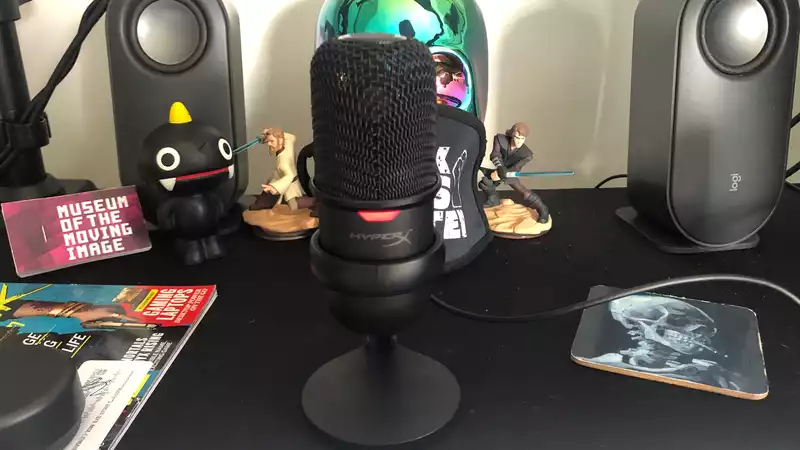The new HyperX SoloCast microphone is intended to provide higher fidelity audio recording for gamers on a tight budget. This is because cost is always a driving factor for most people when purchasing hardware. When budgets are limited, one must always consider what features and amenities can be provided while still getting the job done.
If you are a content creator, you are prioritizing what is most important to make a great stream or simply capture great audio or video. Sensing an opportunity, HyperX (and Razer, which released the Seiren Mini) have released their own cheap mini microphones.
For under $60, you pay the price of portability and ease of use. As far as sound quality is concerned, you usually get what you pay for, but HyperX SoloCast is trying to prove that a cheaply priced microphone does not have to mean cheap sound.
SoloCast seems to be taking the same "sound above all else" approach as the highly successful HyperX Cloud gaming headset. At first glance, it appears that HyperX has stripped one of the QuadCast microphones down to the bare essentials. We recently reviewed the $160 HyperX Quadcast S and fell in love with its sound and the microphone's many smart QOL features that set it apart from other mics. [Comparing the HyperX SoloCast and the QuadCast S, the sound quality of both microphones is remarkably similar when using uni-directional mode. Both microphones have a frequency response of 20Hz-20kHz and a 16-bit sample rate. Therefore, if sound quality is the most important consideration, the sound quality is there; unlike the SoloCast's namesake, the QuadCast microphone has four cardioid polar patterns, while the SoloCast has only one cardioid polar pattern.
You can see that in order to keep costs down, HyperX had to trim the fat to reach the audible sweet spot. Compare the two microphones below.
The features HyperX sacrificed for the audio gods are the headphone jack, gain control, shock mount, built-in pop filter, and let's not forget that fun-looking RGB lighting. All were lost by the simple SoloCast.
The gain control is especially sorely missed; not being able to adjust gain on the fly with SoloCast was a pain, as the microphone sounded a little too hot out of the box. This means that any necessary changes must be made at the software level in a streaming app such as OBS or XSplit. The ease of setup is great if you're just streaming a simple stream or recording on the go, but if you want a little more control over every aspect of your audio, you may want to increase your budget.
SoloCast opted for a pill-shaped design that fits about half the size of the QuadCast S and is quite similar in size to the Razer Seiren Mini; instead of RGB, there is a single LED status indicator. There are no buttons or dials as mentioned above, just a tap-to-mute sensor. It has a very unassuming appearance and lacks the HyperX charm that many HyperX products have become known for.
The microphone itself can be easily pulled off the stand if it needs to be attached to a boom arm, and the USB Type-C connection makes it easy to plug-and-play on a Mac or PlayStation 4.
This single condenser mic comes with an adjustable stand, boom arm, mic stand screws, and a tap-to-mute sensor You may chuckle at the mute button as a highlight feature of the SoloCast, but other budget microphones I have seen the mute feature omitted in order to lower costs. One such culprit is the Razer Seiren Mini.
While not as flashy as other HyperX products, the SoloCast easily takes the crown for best budget mic (so far), dethroning the surprisingly impressive JLab Audio Talk GO mic. Only $10 more than Talk GO, but SoloCast's sound quality is comparable to a microphone twice the price. The availability of high-quality streaming equipment at a more affordable price means that more people can easily create #content.
.

Comments